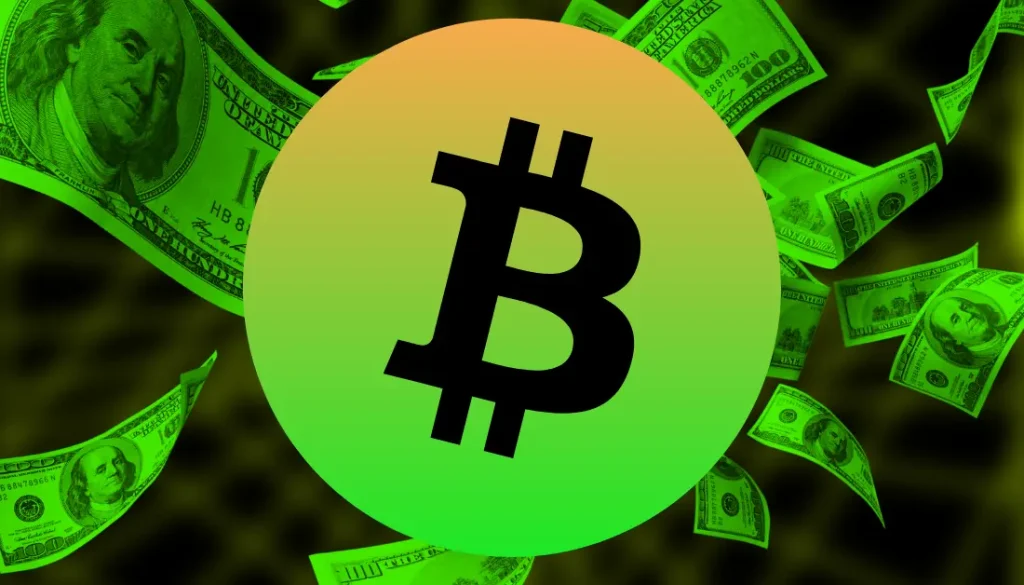Cardano’s Treasury Strategy Targets Bitcoin DeFi Boom



The post Cardano’s Treasury Strategy Targets Bitcoin DeFi Boom appeared first on Coinpedia Fintech News
Cardano is making strategic moves to strengthen its DeFi ecosystem, backed by solid fundamentals and community support. With its treasury holding around 1.7 billion ADA, founder Charles Hoskinson has laid out plans to convert a portion into stablecoins to fuel liquidity and long-term growth.
However this new proposal has ignited discussion in the Cardano ecosystem , suggesting a strategic deployment of the blockchain’s billion-dollar treasury to bring in both Bitcoin and stablecoin liquidity. Andrew Throuvalas, a researcher and Bitcoin advocate, believes Cardano is uniquely positioned to lead the next phase of Bitcoin DeFi, and the moment to act is now.
Meanwhile, Cardano adoption is rising fast, with 110 million transactions and 22 billion ADA staked across 3,000 pools, showing strong community and growing DeFi activity.
Built for Bitcoin DeFi but Missing Liquidity
Cardano’s architecture shares key similarities with Bitcoin, and its DeFi infrastructure has proven secure and reliable over time. Projects like BitcoinOS and Charms are laying the foundation for bridgeless Bitcoin integration on Cardano, which could support what Throuvalas describes as a $2 trillion DeFi opportunity for Bitcoin.
Loopholes?
However, two major gaps remain. Cardano currently lacks deep stablecoin liquidity, making it difficult for institutions or large holders to operate at scale without experiencing slippage. In addition, competing ecosystems such as Arbitrum are rapidly building towards similar goals, while Cardano’s unique advantages remain underappreciated by the broader crypto market.
- Also Read :
- Crypto Crash Coming! Altcoins to Drop 50–80%, Bitcoin to Face 45% Crash
- ,
Stablecoin Pools and BTC Incentives Proposed
To close this gap, Throuvalas proposes allocating treasury funds to leading Cardano protocols such as Minswap, Liqwid Finance, and Indigo Protocol. By building large stablecoin pools, these platforms could offer Bitcoin holders the ability to borrow against their BTC more effectively, a critical use case for Bitcoin DeFi participants.
He further suggests converting a portion of the ADA treasury into Bitcoin and using it to pay out yield directly in BTC. This would reward users who bring their Bitcoin to the Cardano network. As a precedent, Babylon has already attracted more than $4.5 billion in BTC with similar mechanisms, even though yields are paid in tokens rather than Bitcoin itself.
A Timely Opportunity for Cardano
Throuvalas believes this approach could significantly boost activity on Cardano and establish it as a long-term hub for Bitcoin DeFi. With its secure infrastructure and untapped treasury, the network could capture lasting value and demand for ADA if it moves quickly to attract Bitcoin liquidity.
Never Miss a Beat in the Crypto World!
Stay ahead with breaking news, expert analysis, and real-time updates on the latest trends in Bitcoin, altcoins, DeFi, NFTs, and more.
FAQs
While the intent is to boost liquidity, converting a large ADA amount could create short-term selling pressure. However, proponents argue the market is deep enough to absorb it without significant price impact.
Risks include potential short-term price volatility for ADA due to sales, and the stablecoin market itself carries inherent volatility and regulatory risks. It could also signal a lack of confidence in ADA’s long-term value to some.
Yes, increased stablecoin and Bitcoin liquidity could attract institutions. This would require robust institutional-grade compliance, security, and potentially tailored financial products like tokenized real-world assets.

Nakamoto Holdings Raises $51.5M in 72 Hours to Buy More Bitcoin!
The post Nakamoto Holdings Raises $51.5M in 72 Hours to Buy More Bitcoin! appeared first on Coinpedi...

Will Ethereum Price Hold the Line at $2,400 or Sink Deeper?
The post Will Ethereum Price Hold the Line at $2,400 or Sink Deeper? appeared first on Coinpedia Fin...

South Korea’s First Bitcoin Treasury Firm Emerges with $18.5M Acquisition Deal
The post South Korea’s First Bitcoin Treasury Firm Emerges with $18.5M Acquisition Deal appeared fir...




